|
Titanium books - an online library
"Titanium Alloys - An Atlas of Structures and Fracture Features" uses award-winning micrographs and fractographs to illustrate how alloy microstructures are affected by various thermomechanical treatments present in real world operating conditions.This is one the first titanium books to compile microstructural and fracture features for titanium alloys and titanium aluminides as well as capture its fractographic features together with the conditions that produced failure. The author discusses the physical metallurgy of titanium alloys as a standard for observing microstructures and their failures. 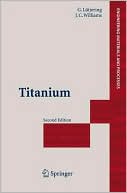
This comprehensive summary of the current state of the art of titanium addresses, in varying levels of detail, all aspects of titanium, including basic characteristics and physical metallurgy, the extractive metallurgy, the various production processes, the correlations between processing, microstructure and properties, and all aspects of applications including economic ones. The book covers commercially pure (CP) titanium, alpha + beta and beta alloys, as well as titanium based intermetallics and titanium matrix composites. Richly illustrated with more than 300 figures, this compendium takes a conceptual approach to the physical metallurgy and applications of titanium, making it one of the most suitable titanium books as a reference and tutorial for materials scientists and engineers. In this Second Edition the authors included new information on topics that have emerged after the First Edition was completed and published in 2003 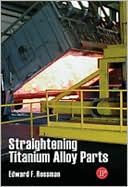
Unlike other titanium books, this practical and proven guide will provide you with a foundation for determining causes and remedies for warpage in titanium alloy part fabrication. It discusses methods for straightening titanium alloy and describes criterion for selecting the most appropriate straightening process. You'll never have to fight distortion or throw away warped titanium parts again!Distinctive FeaturesDiscusses in detail the causes of warpage of titanium alloy airframe partsProvides proven steps that can be taken to prevent warpageOffers recipes for straightening titanium parts—straightening in a gas furnace, straightening in an electric furnace, straightening in a vacuum furnace, straightening cold, straightening by shot peening, straightening using blacksmithing techniques 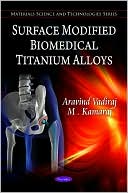
Load bearing implants such as hip joints, knee joints and bone plates etc. are prone to failure from the conjoint effect of wear, fretting and corrosion from the movement of body. Modular junctions of hip implants consist of ball on a shaft which is under sliding conditions during body movements like walking etc. Fretting is experienced at ball and shaft contact. Fretting wear or fretting fatigue is a form of adhesive wear phenomenon wherein a small tangential oscillatory motion under certain contact pressure gradually erodes the surface and initiates crack within the contact leading to ultimate failure of the material under fatigue loading condition. Titanium alloys, Stainless steels and Co-Cr-Mo alloys are most commonly used for medical grade devices. Titanium alloys has high strength to weight ratio, superior biocompatibility and corrosion resistance compare to other materials. 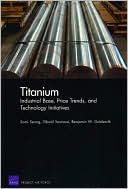
Between 2003 and 2006, the price of titanium more than doubled. The authors attempt to answer four primary questions What triggered this price surge? What are titanium1s future market prospects and emerging technologies? What are the implications for the production cost of future military airframes? How might the Department of Defense mitigate the economic risks involved in the titanium market? There are many titanium books that try to answer this questions, but I think this is one of the best.
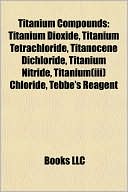
One of the few titanium books containing extensive reviews of some of the most usual titanium compounds, such as titanium dioxide, titanium tetrachloride, titanium nitride and others.
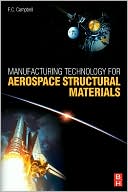
The rapidly-expanding aerospace industry is a prime developer and user of advanced metallic and composite materials in its many products. This book concentrates on the manufacturing technology necessary to fabricate and assemble these materials into useful and effective structural components. Detailed chapters are dedicated to each key metal or alloy used in the industry, including aluminum, magnesium, beryllium, titanium, high strength steels, and superalloys. This book will be an important resource for all those involved in aerospace design and construction, materials science and engineering, as well as for metallurgists and those working in related sectors such as the automotive and mass transport industries.Flake Campbell Jr has over thirty seven years experience in the aerospace industry and is currently Senior Technical Fellow at the Boeing Phantom Works in Missouri, USA 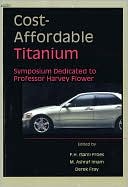
Papers from a March 2004 symposium report on developments in the cost affordable use of titanium and its alloys. The opening overview paper looks at present and projected titanium cost reductions, and concludes that the impetus for broadening markets for titanium is dependent on cost reductions, particularly in applications such as the automobile industry. Contributed papers are grouped in sections on innovative processes, breakthrough technologies, titanium economics, creative processing and fabrication, low-cost titanium, and property enhancement. Some specific topics discussed include electrochemical deoxidation mechanisms of titanium oxides, commercialization of the Armstrong process for producing titanium alloy, and low-cost processes for automotive titanium materials.
|

